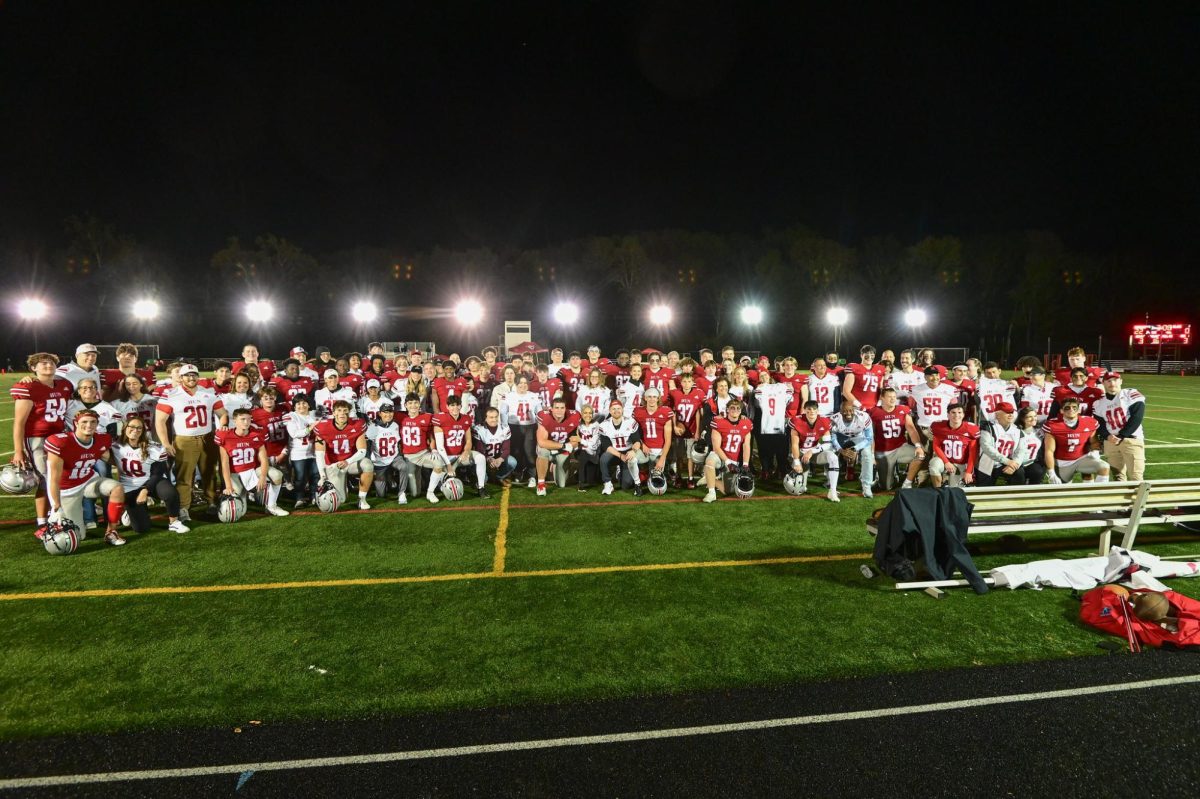On November 30, 2022, OpenAI released a technology that would change the world forever: ChatGPT. This rapidly evolving technology has significantly impacted many fields, but none more than education.
A study conducted in December 2023 by ACT.org revealed that 46% of tenth, eleventh, and twelfth grade students surveyed had used AI at least once, with 23% using it for school purposes. Another survey in 2024 by RAND.org found that 33% of K-12 teachers had experimented with AI in their classrooms at least once, with middle and high school teachers being the most likely to utilize this technology.
As this beneficial yet potentially harmful technology becomes more integrated into education, The Hun School of Princeton is working to find new ways to address its growing presence. As Ms. Gilligan, one of Hun’s computer science teachers, puts it: “AI can be a useful tool, and there are skills people can learn in order to use AI in meaningful ways. Concerns arise when we use AI irresponsibly or unethically. For it to be used in schools, we need to know how to use it responsibly.”
Hun has implemented an AI policy that categorizes the use of AI without citation or permission by a trusted adult as an offense punishable under either the Honor or Behavioral Codes. Additionally, teachers are equipped with AI detectors to prevent students from misusing the technology to harm themselves or others.
While many people see AI as a threat to the moral integrity of a school and its students, it may be more beneficial than expected. If this new technology is both helpful and harmful, what are some ways to harness its benefits?
“I think that AI can be useful for brainstorming. If you have a concept, you can use AI to generate a list of related concepts and subtopics that can inspire new ideas. AI can also be a good review tool; for example, if you write an email, you can put it through AI to receive feedback on tone or grammar,” says Ms. Gilligan.
AI is currently used by 250 million people worldwide, and this number is expected to reach 700 million by 2030. AI, at its core, is a tool. If we cannot eliminate it, we must learn to live with it. However, like any tool, it can be used for both harmful and helpful purposes. As a school, we must learn to use it properly.
Ms. Gilligan makes the final point that “for any digital tool, we need to think about the impact and implications that it has. Just thinking about the balance of learning to use the tool skillfully has to involve learning how to become a critical user of it — discerning how it is appropriate to be used and its ethical lines. In order to be a skilled user, you must practice how to use it.”
As a community, we must recognize where the line lies between appropriate and inappropriate use of AI. This technology is here to stay, so the question is: what are you going to do with it?

















